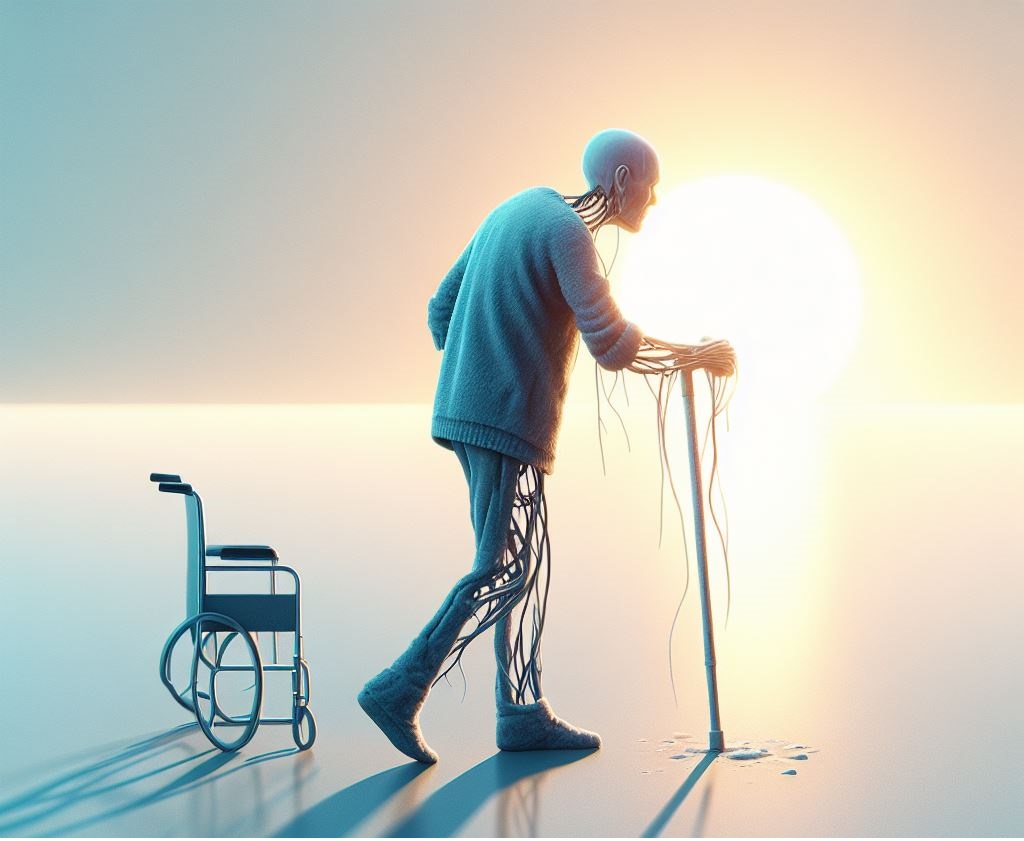In a recent groundbreaking development in digital medicine, researchers have introduced an innovative approach utilizing AI-enhanced video technology to revolutionize fall risk assessment. Published in the prestigious journal Npj Digital Medicine, this study presents a novel method that not only enhances the accuracy of assessing fall risk but also addresses critical concerns regarding privacy in healthcare settings. By leveraging AI-enhanced video technology, researchers aim to provide a comprehensive understanding of an individual’s fall risk factors while ensuring the utmost privacy protection.
Exploring the landscape of fall risk assessment
The assessment of fall risk, particularly in free-living scenarios, plays a crucial role in personalized healthcare strategies aimed at preventing falls. Traditional methods often rely on wearable devices such as inertial measurement units (IMUs) to quantify gait characteristics associated with increased fall risk. However, the lack of absolute contextual information poses significant limitations, leading to inaccurate assessments and interpretations. To overcome these challenges, recent studies have explored the integration of wearable video-based cameras to provide additional context to IMU data. Nevertheless, concerns surrounding privacy and the labor-intensive process of video data labeling have impeded widespread adoption.
Unveiling the AI-enhanced video solution
In this study, researchers propose a novel AI-based approach that utilizes wearable glasses to capture video data, complementing IMU-based gait assessment. By harnessing off-the-shelf AI resources and contemporary deep learning models, the researchers aim to preserve contextual information while obfuscating sensitive data points to maintain privacy. The You Only Look Once (YOLO) series of algorithms serve as the foundation for object detection and anonymization in video frames. Specifically, the YOLOv8 model, coupled with Gaussian blur filtering, effectively obscures sensitive objects such as screens, faces, and personal belongings in real-time.
Assessing the efficacy – Results of the pilot study
A pilot study involving 10 participants was conducted to evaluate the effectiveness of the proposed model. Results indicate that the AI-enhanced video approach achieved an impressive 88% accuracy in detecting and blurring sensitive objects, demonstrating its potential for practical applications. Also, the study highlights the influence of environmental factors on gait characteristics, emphasizing the importance of incorporating contextual information in fall risk assessment. Overall, the findings underscore the feasibility of leveraging AI and video technology to comprehensively understand fall risk while safeguarding patient privacy.
The application of artificial intelligence (AI) to video technology presents enormous potential for improving fall risk assessment in digital medicine as the healthcare landscape changes. By combining cutting-edge AI algorithms with wearable devices, researchers have paved the way for more accurate and privacy-conscious approaches to healthcare. However, challenges such as scalability and real-world implementation remain. How can healthcare professionals and policymakers navigate these challenges to ensure widespread adoption of AI-enhanced video technology in fall risk assessment?





